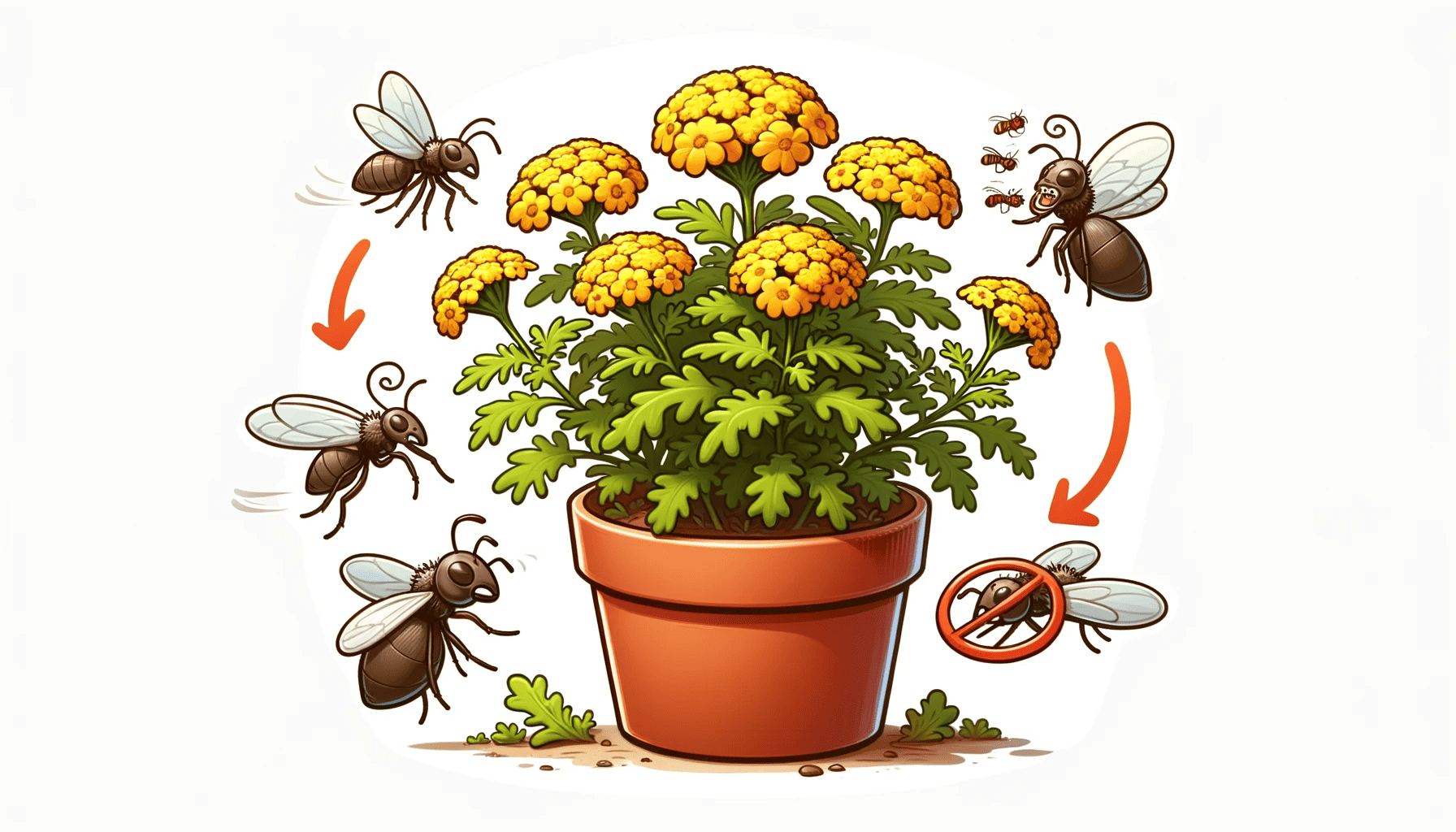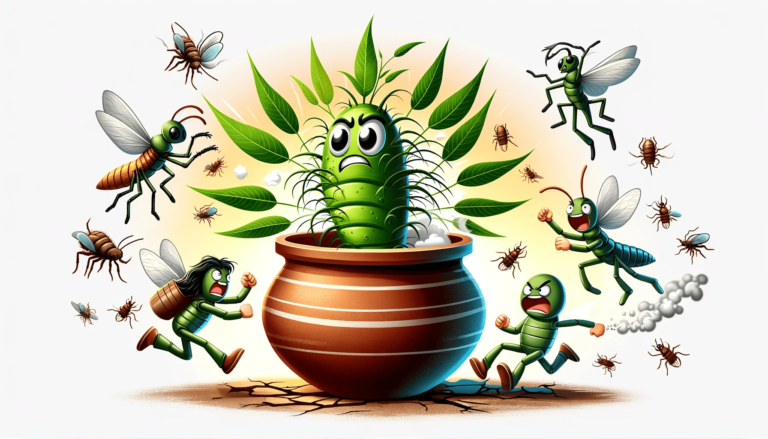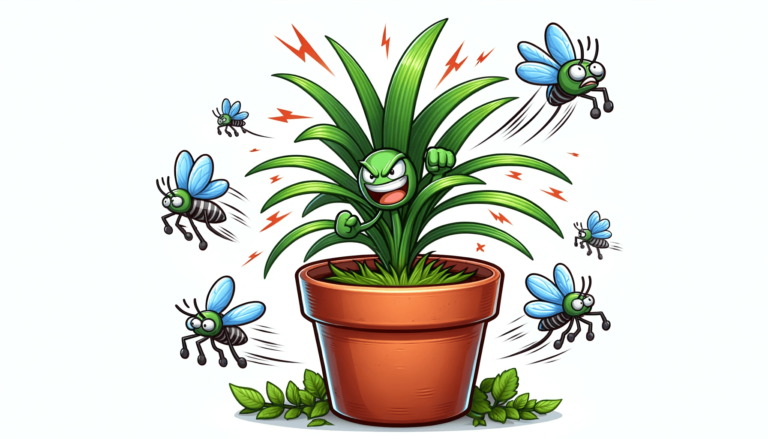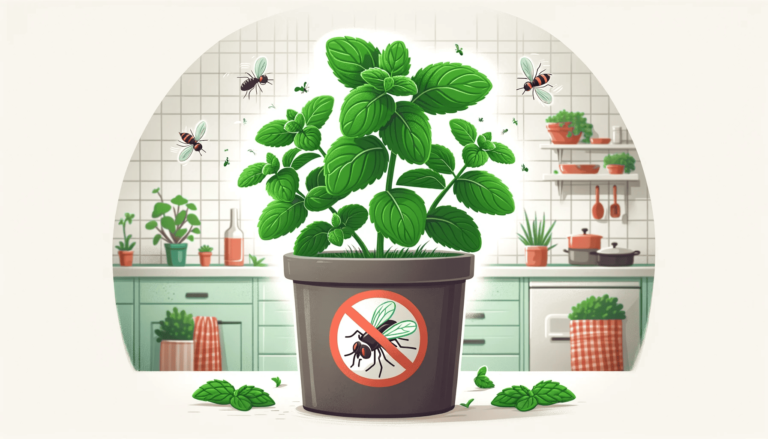Tansy: The Forgotten Natural Insect Repellent
Have you ever wondered how our ancestors managed pest control? Before the age of synthetic repellents, Tansy (Tanacetum vulgare) emerged as a natural hero in gardens. This plant is more than just ornamental; it’s a historically proven warrior against bugs.
Tansy, often overlooked in contemporary gardening, has a rich history of use as a natural insect repellent.
This herb, with its distinctive yellow flowers, is not just a quaint relic of the past but a potent ally in warding off ants, flies, moths, and mosquitoes.
Delving into its past reveals its longstanding role in pest control and its relevance in today’s organic gardening practices.
The Insect Repelling Qualities of Tansy
Tansy’s effectiveness against pests lies in its strong scent and bitter taste, attributed to compounds like thujone.
These natural properties make tansy an excellent choice for those seeking eco-friendly pest control solutions.
Whether in the Middle Ages or your backyard, tansy’s aroma and taste have consistently been its main defense against pests.
Medieval Pest Control: Envision medieval homes with floors scattered with tansy to repel insects.
Incorporating tansy in your garden not only brings a touch of history but also serves as an organic solution for pest problems.
It’s as simple as using dried or fresh tansy strategically in your garden to ward off pests.
Cultivating Tansy for Indoor Pest Control
Adding tansy to your indoor plant collection not only enriches your home’s green space but also acts as a natural deterrent against common household pests.
It thrives in various soil types and prefers full sun to partial shade.
Did you know tansy can diminish the Colorado potato bug population by a staggering 60–100%? Plant it next to your potatoes and witness a natural pest control marvel.
Rue and Tansy: The Dynamic Duo of Natural Insecticides
Tansy’s role in natural pest control extends beyond solitary use. When paired with plants like rue, it forms a formidable barrier against pests, thanks to their complementary aromatic properties.
Integrating Tansy into a Comprehensive Pest Control Plan
Tansy’s versatility shines in various forms – be it as a dried herb in your pantry, a fresh plant in your garden, or as a component in natural repellent sprays.
While tansy is effective on its own, it’s most beneficial as part of a broader pest management strategy.
Combining tansy with other natural repellents and preventive measures can create a more robust barrier against pests.
Tansy’s role is part of a greater narrative in natural pest control. To deepen your understanding of using plants for pest management, don’t miss our guide, “27 Indoor Plants Great for Pest Control“.
This resource provides extensive information on plants each offering unique benefits against pests.
Versatile Use: Its historical applications were diverse, from household protection to meat preservation.
Conclusion
Tansy, with its unique properties and historical significance, is a valuable addition to any indoor or outdoor garden for pest control.
Its ability to naturally repel various insects makes it an effective and sustainable choice for maintaining a healthy, pest-free environment.
So, while tansy may be less common in modern gardens, its role as a natural insect repellent is more relevant than ever.
Embrace tansy in your garden and join the league of eco-conscious gardeners!






